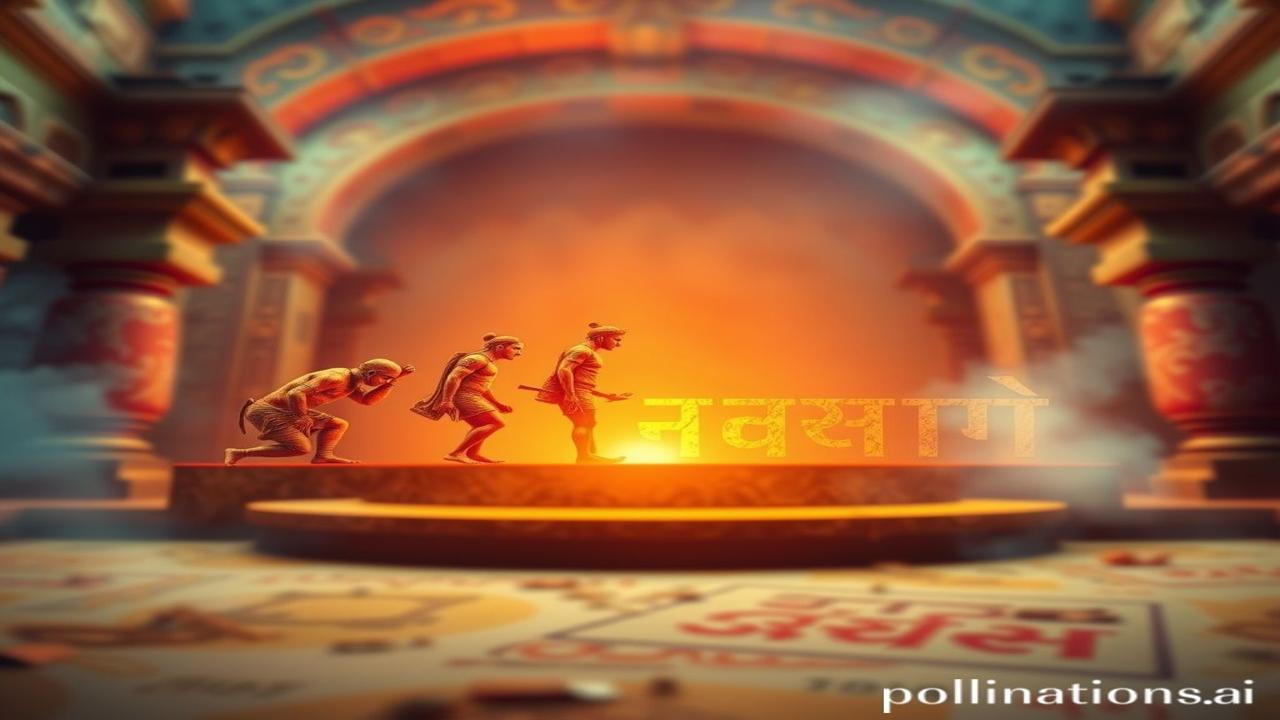Waqt ki Dhool Mein: India Ki Lipiyon Ka Safar…
Kabhi socha hai, unn purane pattharon mein, unn tamra-patron mein, kya chhupa hua hai? Just imagine, woh silent, stone inscriptions… woh kuch kehna chahte hain. Woh saare shapes aur patterns, they are not just decorative. They’re actually stories waiting to be unveiled, a testament to the evolution of Indian scripts! Chalo, waqt ki dhool jharakte hue, hum ek safar shuru karte hain… Ek aisi journey jahan har akshar mein ek itihaas basa hai.
भारतीय लिपियों का इतिहासिक परिदृश्य / A Glimpse into the Historical Canvas of Indian Scripts
Scripts, mere likhne ke tareeke nahi hai. They are the very blueprint of our civilization. They are the carriers of ज्ञान (gyan), प्रेम (prem), और संस्कृति (sanskriti). Ab baat karte hain shuruaat ki. India’s story of writing begins somewhere around the Indus Valley Civilization (3300-1300 BCE). Think of the mysterious Indus script, अभी तक पूरी तरह से decipher nahi hui hai!
But fast forward to the Brahmi script around the 3rd century BCE. This is the real game changer! Many believe that almost all modern Indian scripts like Devanagari, Tamil, Telugu, Kannada, Malayalam, and Gujarati can trace their ancestry back to Brahmi. Imagine, ek maa jiski itni saari santaane hain!
Aur fir aati hai Gupta script. Yeh Brahmi se hi nikli thi, and it flourished during the Gupta period, around the 4th-6th centuries CE. Is time me kala aur sahitya ka swarna yug (golden era) dekha gaya, and the Gupta script played a huge role in documenting it all.
ज़मीनी सच – अशोक, बुद्ध और आम जनता / The Ground Reality: Ashok, Buddha, and the Common Folk
Think about Emperor Ashoka, around 250 BCE. He was a powerful ruler who embraced Buddhism. Imagine him dictating edicts to be carved on pillars and rocks, using the Brahmi script. Inscriptions like these were not just about royal decrees; they were about communicating with the आम जनता (aam janta), spreading messages of peace, dharma, and good governance. Maano ek public service announcement, but etched in stone for eternity!
Phir aate hain Buddhist monks, travelling far and wide, carrying scriptures written in different forms of Brahmi. Picture them, crossing mountains and rivers, sharing the teachings of Buddha. And then there were artisans, engraving religious texts on temple walls, adding beauty and meaning to sacred spaces. Ma Rukmini ne aaj naye kapde pehne, kyunki mandir mein shilpkaar Brahmi mein sundar akshar ukere jaa rahe the.
धरोहर और पहचान / Heritage and Identity: Lipiyon ka Aaj
Today, Indian scripts are not just relics of the past. They are vibrant, living languages. Devanagari, the script used for Hindi, Sanskrit, and Marathi, is spoken and read by millions. Tamil, Telugu, Kannada, and Malayalam have their own rich literary traditions.
These scripts are a part of our identity. Woh Bharatiyata ka ek ehem hissa hai. Think about festivals like Diwali, Holi, or Durga Puja – all the mantras, prayers, and hymns are often written and chanted in Sanskrit, using the Devanagari script. Architecture, art, even fashion are infused with the spirit of these ancient alphabets.
मजेदार तथ्य या भ्रम-भंजक / Fun Facts and Myth Busters!
- Myth: Devanagari is the oldest script in India.
Truth: Brahmi is the ancestor of Devanagari, making Brahmi even older and arguably more foundational. - Fun Fact: Did you know that the numerical system we use today (1, 2, 3…) actually originated in India and was later adopted by the Arabs? The scripts used to write those numbers are also linked to ancient Indian scripts!
दृश्य और भावनाएं / Visual and Sensory Layers
Imagine walking through the ancient caves of Ajanta and Ellora. The air smells of damp stone and incense. The walls are covered with paintings and inscriptions, all meticulously carved. You run your fingers along the cool, rough surface of the stone, feeling the weight of history beneath your fingertips. The echo of chanting fills the air. It’s like stepping back in time, a tangible connection to our ancestors.
अंतिम विचार या उद्धरण / Closing Insight
Indian scripts are more than just alphabets; they are pathways to understanding our history, culture, and identity. They are a testament to the ingenuity and creativity of our ancestors.
“अक्षरं ब्रह्म परमं अक्षरं परमं तप:” – “The syllable is the supreme Brahman; the syllable is the supreme austerity.” Let us remember to cherish, preserve, and celebrate these invaluable treasures. Let’s keep the stories alive, one akshar at a time.
